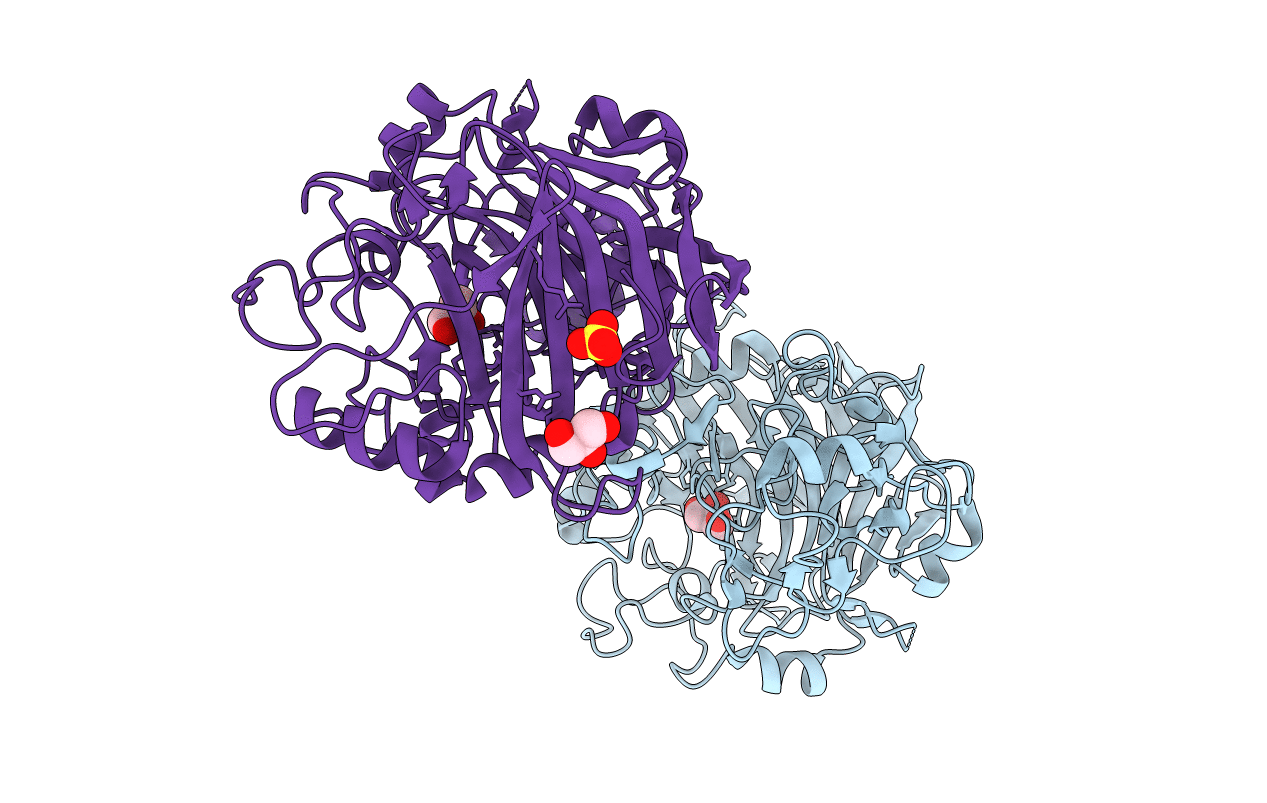
Deposition Date
2016-11-09
Release Date
2017-01-11
Last Version Date
2024-10-23
Entry Detail
PDB ID:
5MCI
Keywords:
Title:
Radiation damage to GH7 Family Cellobiohydrolase from Daphnia pulex: Dose (DWD) 11.9 MGy
Biological Source:
Source Organism:
Daphnia pulex (Taxon ID: 6669)
Host Organism:
Method Details:
Experimental Method:
Resolution:
2.00 Å
R-Value Free:
0.22
R-Value Work:
0.20
R-Value Observed:
0.20
Space Group:
C 1 2 1


